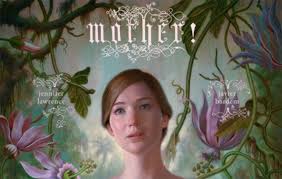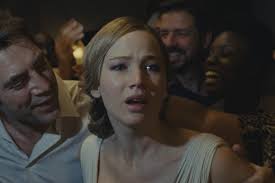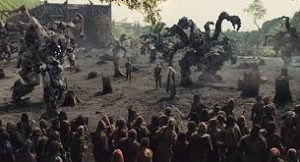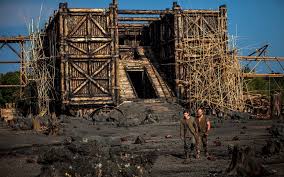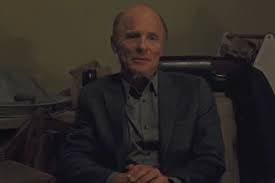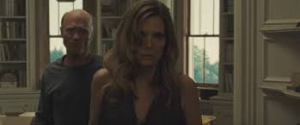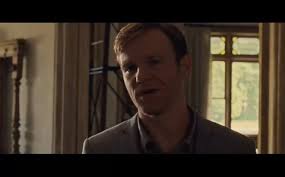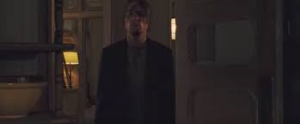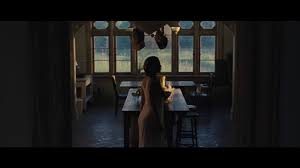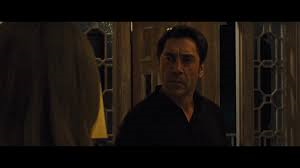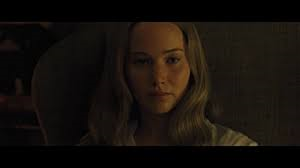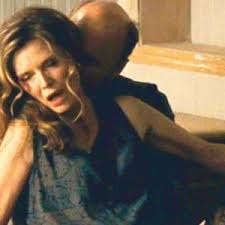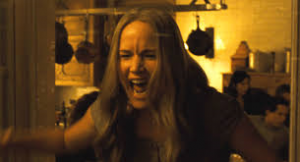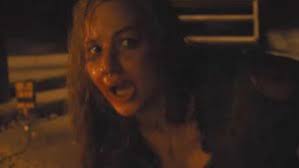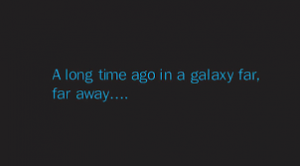 Have you ever gone into your parents’ attic, rummaged around and found an old favorite toy – a Teddy bear, a plastic sword, a doll house or an old board game? Suddenly you are flooded with the warm fuzzy nostalgia of childhood and the uncomplicated excitement of an anticipated adventure with like minded companions.
Have you ever gone into your parents’ attic, rummaged around and found an old favorite toy – a Teddy bear, a plastic sword, a doll house or an old board game? Suddenly you are flooded with the warm fuzzy nostalgia of childhood and the uncomplicated excitement of an anticipated adventure with like minded companions.
In a slightly different scenario, but one which will tie in to the previous analogy, have you ever been to a foreign country which had a McDonald’s? 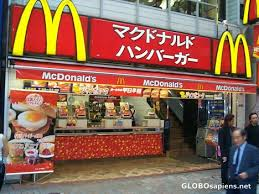 Amidst all of the unfamiliar occasionally unidentifiable store front names, the Golden Arches stands out like a beacon. It doesn’t matter where in the world you go – if there is a McDonald’s, even with a variety of specials particular to the indigenous population, you will still be able to get the same Big Mac in Lesieux, France that you could get in Wauwatosa, Wisconsin or Lake Charles, Louisiana.
Amidst all of the unfamiliar occasionally unidentifiable store front names, the Golden Arches stands out like a beacon. It doesn’t matter where in the world you go – if there is a McDonald’s, even with a variety of specials particular to the indigenous population, you will still be able to get the same Big Mac in Lesieux, France that you could get in Wauwatosa, Wisconsin or Lake Charles, Louisiana.
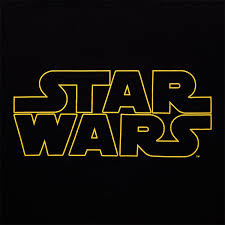 Sitting in a dark theater as the simple words “A long ago time ago in a galaxy far, far away” appeared on the screen in deliberate graphic print quality circa 1977 followed by the signature trumpet Star Wars fanfare I couldn’t help but laugh in delight. Now 58, when Star Wars first came out I was 18 years old. As I have repeated in my own cautionary refrain many times to my children – the only reason an 18 year old is now considered a legal adult is because of the Vietnam War. In short, when Star Wars premiered I was still a child.
Sitting in a dark theater as the simple words “A long ago time ago in a galaxy far, far away” appeared on the screen in deliberate graphic print quality circa 1977 followed by the signature trumpet Star Wars fanfare I couldn’t help but laugh in delight. Now 58, when Star Wars first came out I was 18 years old. As I have repeated in my own cautionary refrain many times to my children – the only reason an 18 year old is now considered a legal adult is because of the Vietnam War. In short, when Star Wars premiered I was still a child.
Star Wars: The Last Jedi, arrived on the screen 40 years 6 months and 20 days after the premiere of Star Wars (later retitled Star Wars: Episode IV A New Hope much to the confusion of many inasmuch as there was no Episode 1, 2 or 3 for many years to come) but who’s counting, right?
During that time we have watched Luke and Leia 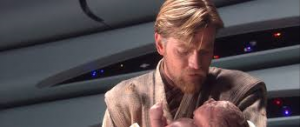
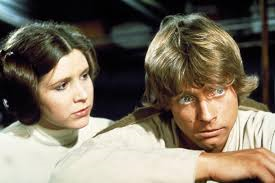
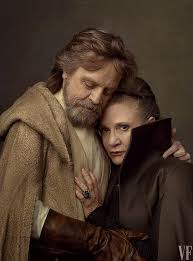 be born, grow up, and grow old. Many of us have grown up and grown older right along with them.
be born, grow up, and grow old. Many of us have grown up and grown older right along with them.
How does this all tie in? Simply. 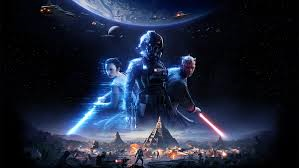
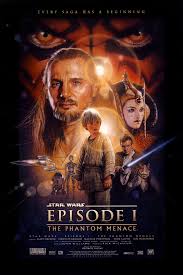
 Star Wars doesn’t change.
Star Wars doesn’t change.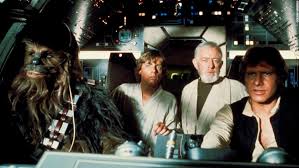
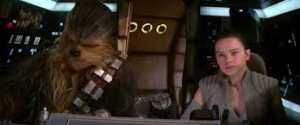 Despite the moderate improvements in special effects
Despite the moderate improvements in special effects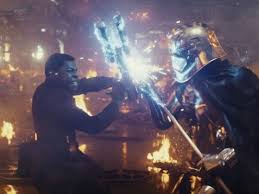

 the world of Skywalker and Obi Wan Kenobi and Yoda and Darth Vader, Emperor Pallapatine and the Cantina on Tatooine is the same now as it was when we were all much much younger. A few of the trimmings might be tweaked but it’s still the same Star Wars I came to love fresh out of high school.
the world of Skywalker and Obi Wan Kenobi and Yoda and Darth Vader, Emperor Pallapatine and the Cantina on Tatooine is the same now as it was when we were all much much younger. A few of the trimmings might be tweaked but it’s still the same Star Wars I came to love fresh out of high school.
Like the dusty rediscovered Teddy Bear or the Big Mac purchased in Tokyo,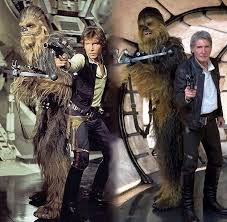 the opening scenes of Star Wars: The Last Jedi are familiar territory to those of us who have tread these paths for 40 plus years of 7 movies, dozens of Halloween Vader masks, uncountable action figures, Youtube analyses, spoofs, comic books, Yoda backpacks, Millenium Falcon bed sheets, fanzines, shipping theories and both canon and non-canon books. This is not strictly speaking a negative thing. Nor is it a criticism, any more than someone who is fond of vanilla ice cream might note that there is a gallon or two of Blue Belle in the freezer.
the opening scenes of Star Wars: The Last Jedi are familiar territory to those of us who have tread these paths for 40 plus years of 7 movies, dozens of Halloween Vader masks, uncountable action figures, Youtube analyses, spoofs, comic books, Yoda backpacks, Millenium Falcon bed sheets, fanzines, shipping theories and both canon and non-canon books. This is not strictly speaking a negative thing. Nor is it a criticism, any more than someone who is fond of vanilla ice cream might note that there is a gallon or two of Blue Belle in the freezer.
Star Wars: The Last Jedi breaks very little new ground, does not further the conflict between the dark and light sides of the Force much, or do more than mildly massage the dynamics of the characters we have come to know and love. Even those coming later to the party like 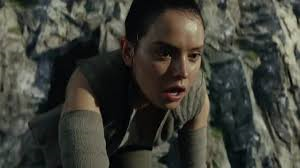 Rey (Daisy “Murder on the Orient Express” Ridley),
Rey (Daisy “Murder on the Orient Express” Ridley), 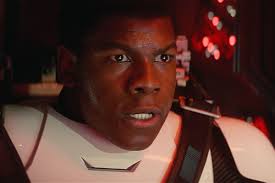 Finn (John Boyega reprising his role from The Force Awakens) and
Finn (John Boyega reprising his role from The Force Awakens) and 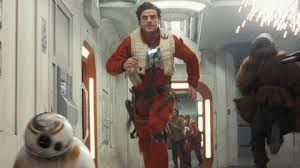 Poe (Oscar Isaac – the only really good thing in Suburbicon) fall into step with their predecessors – Luke, Leia and Han.
Poe (Oscar Isaac – the only really good thing in Suburbicon) fall into step with their predecessors – Luke, Leia and Han.
MAJOR SPOILER FOR ANYONE WHO HAS NOT SEEN STAR WARS: THE FORCE AWAKENS
The entire gang is here minus the significantly notable (and I continue the debate with my kids as to whether or no it was entirely unnecessary) exception of Harrison Ford as Han Solo.  Mark Hamill is the aging Luke Skywalker,
Mark Hamill is the aging Luke Skywalker,  Anthony Daniels is C3PO, Frank Oz voices Yoda, and
Anthony Daniels is C3PO, Frank Oz voices Yoda, and 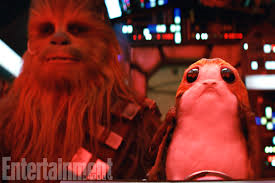 Peter Mayhew continues as Chewbacca.
Peter Mayhew continues as Chewbacca.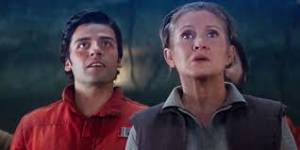 Princess Leia, too, has a major role to play, even though, ironically, the actress who played her, Carrie Fisher, has in fact, actually passed away. (Hail the bizarre technology of CGI which enhanced Ms. Fisher’s last screen moments into a fully fleshed out part.)
Princess Leia, too, has a major role to play, even though, ironically, the actress who played her, Carrie Fisher, has in fact, actually passed away. (Hail the bizarre technology of CGI which enhanced Ms. Fisher’s last screen moments into a fully fleshed out part.)
The premise of Last Jedi is that Rey, the street urchin who discovered her powerful Force sensitivity in the previous Force Awakens, tries to get an extremely reluctant, jaded and worn out Luke to rejoin the fight against the Empire. At the same time the last remnants of the rebel forces attempt to escape the pursuing clutches of the Imperial Fleet directed by 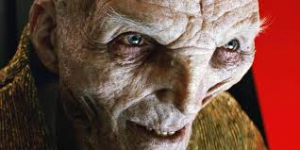 Emperor Snoke (Andy Serkis) and lead by
Emperor Snoke (Andy Serkis) and lead by 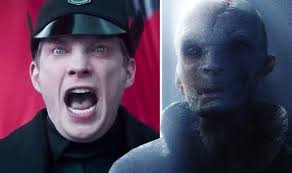 General Hux (Domnhall Gleeson), in a caricature of evil Nazi-like officer. Hux seems to have, through a kind of Peter Principle, risen through the ranks to the limits of his capabilities, probably because of the attrition resulting from the execution of previous failed commanders. This is a source of mild amusement to the audience.
General Hux (Domnhall Gleeson), in a caricature of evil Nazi-like officer. Hux seems to have, through a kind of Peter Principle, risen through the ranks to the limits of his capabilities, probably because of the attrition resulting from the execution of previous failed commanders. This is a source of mild amusement to the audience.
Which brings us to the one singular added refreshing ingredient to this familiar but very welcome recipe – the sense of humor which has been incorporated into the characters. There has always been an element of comedy – mostly the droids banter and the snarky comments from Han. But for the most part the other characters were straight men. Now, with a certain seasoning, they have allowed characters like Luke to include a few one liners and humorous moments. 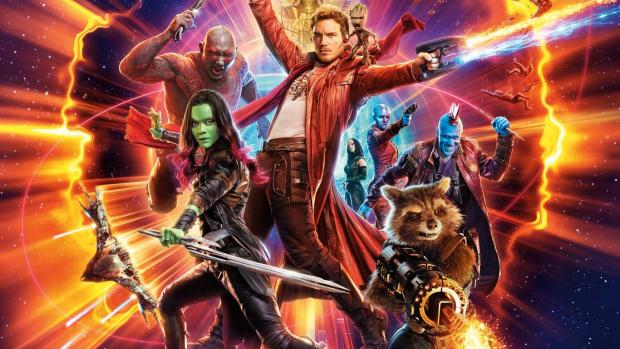 It seems that Guardians of the Galaxy has set the Gold Standard of humor, converting the likes of the Thor franchise from an almost medieval melodramatic fraternal conflict to a sibling rivalry which occasionally plants tongue firmly in cheek and wisely no longer takes itself too seriously, throwing in moments which might otherwise be considered bloopers. Star Wars has reaped the benefits of this informant as well, levitating the mood in much needed relief from its darker more sinister moments.
It seems that Guardians of the Galaxy has set the Gold Standard of humor, converting the likes of the Thor franchise from an almost medieval melodramatic fraternal conflict to a sibling rivalry which occasionally plants tongue firmly in cheek and wisely no longer takes itself too seriously, throwing in moments which might otherwise be considered bloopers. Star Wars has reaped the benefits of this informant as well, levitating the mood in much needed relief from its darker more sinister moments.
All in all Star Wars: The Last Jedi shows there’s plenty of steam left in this railroad or should I say fluff in this Teddy bear.
In short Star Wars: The Last Jedi is………Star Wars. And I wouldn’t want them to change a thing.
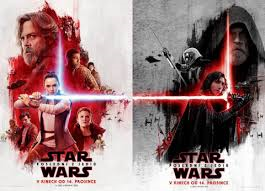


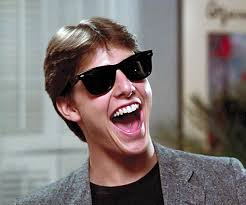
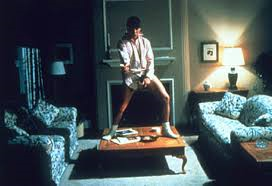
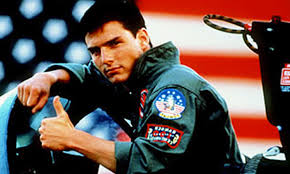
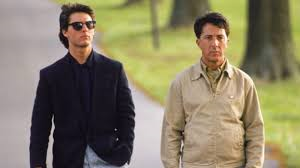
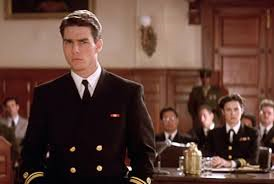
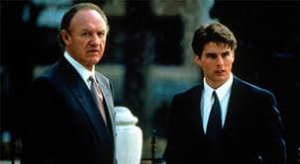

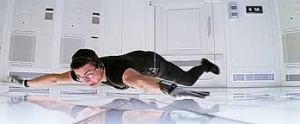
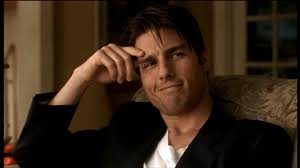
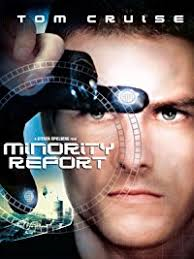
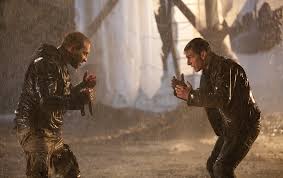
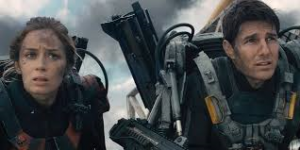
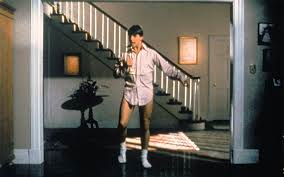

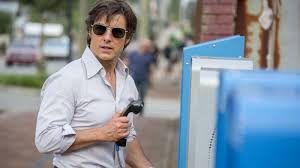
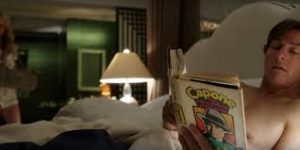
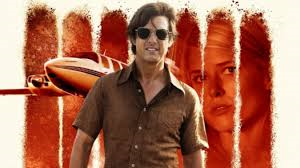
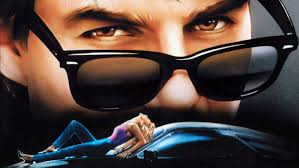

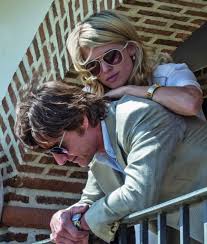
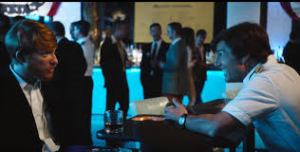
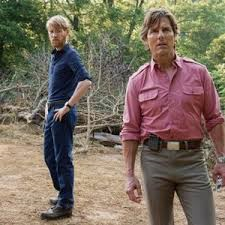
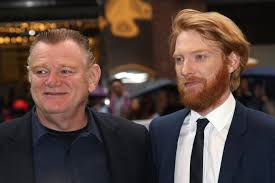





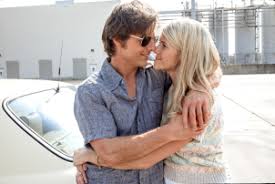
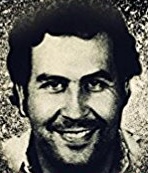
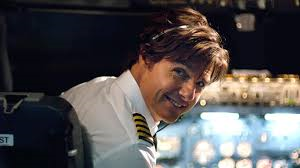
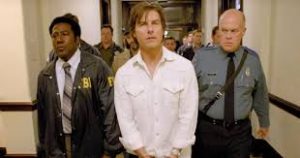 American Made is fascinating in the same way that is watching an unavoidable train wreck in progress. The entire time I was writing this review I couldn't get Glenn Frey's prescient and period perfect 1984 song out of my head, especially the lines:
American Made is fascinating in the same way that is watching an unavoidable train wreck in progress. The entire time I was writing this review I couldn't get Glenn Frey's prescient and period perfect 1984 song out of my head, especially the lines:
